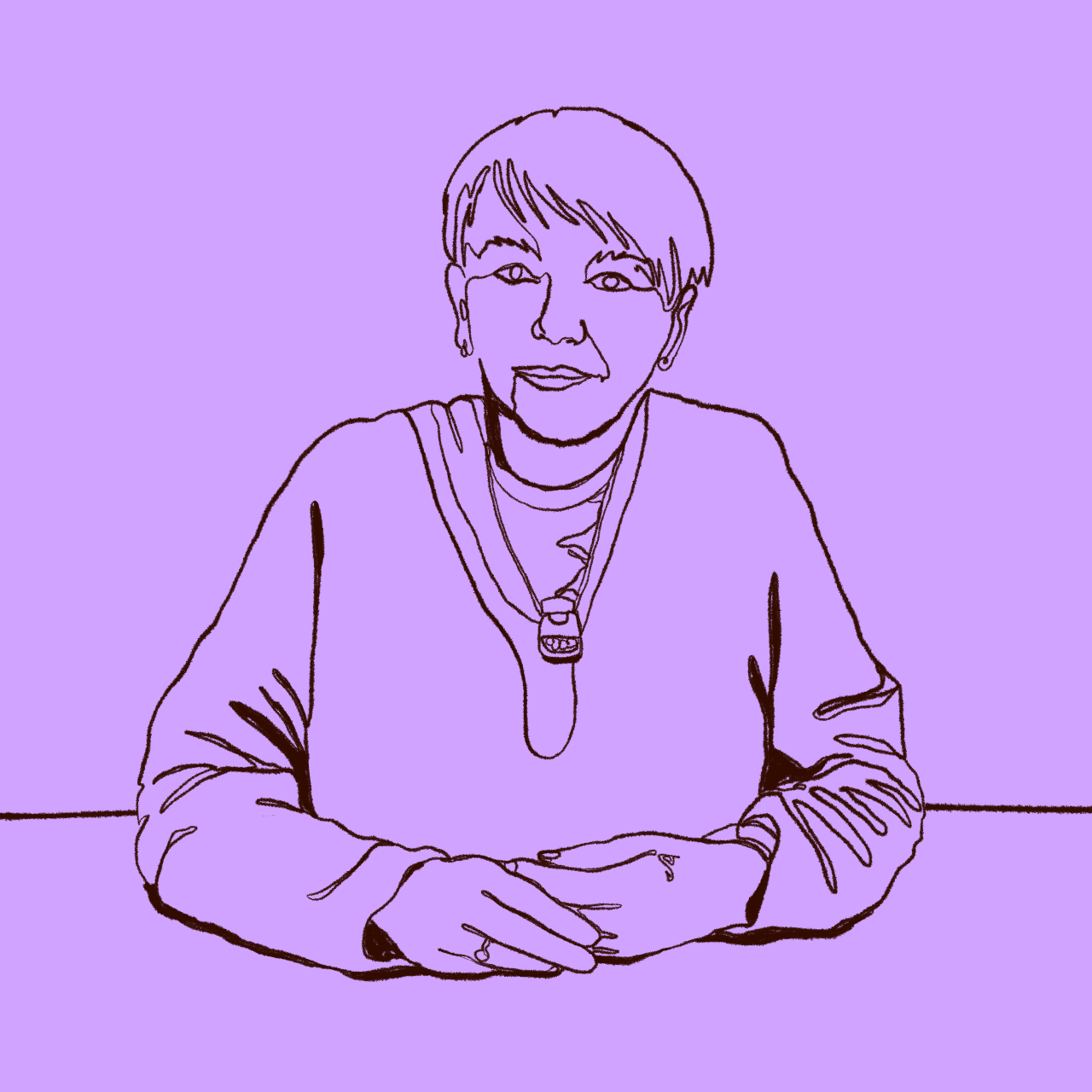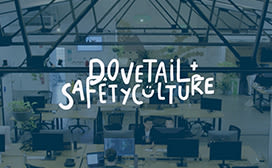Creating a research culture with Atlassian's Leisa Reichelt

Portrait of Lisa Reichelt by Tia Alisha
“Most organizations would prefer not to spend headcount on research.”
In a perfect world, management teams might prefer that products were built by ultra-intuitive engineering teams deeply connected to the customer and their needs.
But this is (perhaps thankfully) not the case. Deep customer understanding is fast becoming the key differentiating factor in the success or failure of a product, and leaders are utilizing research across the business to help make clear-eyed strategic decisions.
But despite the apparent benefits, at Dovetail we often hear how hard it can be to convince leaders to invest in research.
Leisa Reichelt, Head of Research and Insights at Atlassian, is no stranger to this dilemma. After heading up UX teams overseeing the digital transformation of public services in the UK and Australia, Reichelt landed at Atlassian three and a half years ago when the software giant had yet to embrace customer research with the sophistication it does today.
Over the past three years, Reichelt spurred on the expansion of Atlassian’s research capability from a few researchers scattered around the organization into a sizeable team of hard-nosed professionals. It’s fair to say she understands, on a deep level, what it means to change an organization’s culture by thoroughly and convincingly advocating for the benefits of research.
Proof is in the pudding
“Going in and pitching for large research investment is probably a foolish thing to do first up,” states Reichelt. “The way to build a research culture is through value creation.”
There are two ways to do this. The first is to make sure the work is useful to the team immediately and that it helps to build their sense of purpose and connection to the customer. “Part of the reason they get up in the morning and go do their job is that they feel connected to the customers they’re doing the work for,” she enthuses. “The other way to add value is to make sure your team feels a greater degree of confidence in the decisions that they’re making, and they don’t want to be without that confidence anymore.”
Support the organization
It’s also important to remember that the value of research isn’t limited to a cross-functional software team. There are many opportunities for research to contribute at the wider organizational level. Discovery or usability testing aren’t the only weapons in a researcher’s arsenal. Show the impact research has by looking for opportunities to contribute to company-wide goals and initiatives.
“There are opportunities to link the research you want to do to an area where your organization wants to go,” says Reichelt. “It might be fueling content creation for marketing, or helping gain press attention via thought leadership research—there are lots of ways to create value for an organization where you can actually look at the ROI and confidently say, ‘This research costs this much, and this is the value we’re going to get back.’”
It’s important to bring leadership on the journey, Reichelt stresses. Whether you’re working within a team or on a corporate level, linking research to tangible outcomes and an ROI is essential to win over management and foster a culture of research.
The best products start with great customer conversations
Transcribe, analyze, and store customer research data with Dovetail—start your trial today!
Free? Sign me up!
There’s no I in research—do it as a team
There’s no value in conducting the research if the team isn’t truly connecting to their customer and applying what they learn to the product. To accomplish this, it’s important to work openly and involve stakeholders throughout the process. One way to achieve this (and, importantly, track and measure it) is what Atlassian refers to as “exposure hours.” Borrowed from UIE and Jared Spool, exposure hours at Atlassian are regular, scheduled sessions for all team members to observe customers using their product or a competitor’s product. According to Reichelt, it’s been shown that this relatively simple concept is most likely to lead to teams who create products or services with the best user experience.
The key to success, says Reichelt, is to set a clear goal (two hours every six weeks). “We have set exposure hours as one of our research team OKRs this year. Each month, we share back to the organization how we are tracking against that goal and which teams and people are getting the most exposure hours by coming to research and observing their customers.”
“It helps people realize that observing research is everyone’s real job,” states Reichelt. “As an engineer, spending an hour watching a customer using the software is real work. It’s not what you do if you happen not to have a ticket that you’re picking up right now. It’s not something that you do if you have spare time. It’s real, proper work that’s going to help you make better decisions within the team and as an individual engineer.”
Know thy team
Over the years, Reichelt has explored varying approaches to her team’s organizational structure, using a combination of centralized research teams and researchers embedded in cross-functional teams. Today at Atlassian, they use a combination of these approaches.
The reasoning behind the different structures was to optimize the research team’s effectiveness in each organizational context. Different factors affecting the context could include research capacity and ratios, maturity and experience of the researchers in the team, through to overall maturity of the organization’s research culture.
“We had embedded researchers when I was first at Atlassian, but we didn’t have a strong research culture at all,” explains Reichelt. “We didn’t have any real sense of exactly what research meant for us, and how we did it, what we believed in, what good looked like—that kind of thing.”
“The reason we went centralized in the first instance was to accelerate that rise in capability. It certainly wasn’t because I thought that was ultimately the best way to work, because I think cross-functional and embedded working is absolutely critical.”
“But we didn’t have the culture. We needed to pull together and work out who we were, what we did, and to feel comfortable and capable in that before we were able to go back as individual researchers and do that in all the different teams.”
Strike a balance. Iterate
Even with a growing headcount, a significant challenge for Reichelt still prevails: How do we prioritize the seemingly endless amount of research needed with a finite number of researchers?
The relatively simple response is to make a list of all the most critical work and allocate your team accordingly. “That seems sensible because then your most important research work gets done by the people who are most capable,” says Reichelt. “Except what can happen then is that you can slowly make your researchers miserable because they are constantly moving from project to project. They are never really part of the cross-functional delivery team, and they never get to see anything through to the customers’ hands.”
“It’s super, super hard to try to get that balance right: making sure that you’re working on the most important questions, but you’re doing it in a way that creates rewarding work experience for the researchers.”
“It feels like a chess game that we play all the time, trying to work out where to play people and how to play people to get the best result,” she says. “The organization changes. It just changes naturally. It also changes a little bit in response to what you are doing. You have to keep iterating your approach regularly. You can’t just go, ‘Alright, we’ve set everybody in place, and now we can all just put our heads down and do what we’re doing.’”
SafetyCulture
The product team at SafetyCulture built a centralized research repository with Dovetail.
Learn how they did it
The future of research at Atlassian
It may come as no surprise, but Leisa Reichelt’s priority for 2021 is to drive even more cross-functionality within Atlassian’s teams and to ensure everyone deeply understands and connects with the customer problems they are solving.
Reichelt sums it up: “The really exciting thing about human-centered cross-functional work is we all center it on the thing we care about the most, which is meeting the customer’s needs as best we can. By approaching it cross-functionally, we bring all the different skills we have together to solve that problem collectively. And that to me is where you have the best, most exciting teamwork with the highest potential to deliver really great products and services—when we’re coming at it with all of all the things that we know and can do, centered on that customer’s experience,” she finishes, then laughs, “I feel like I need a couple of hallelujahs in there or something.”
As a researcher, Reichelt is a fierce advocate for human-centered design; she sees it as her role to help to “unleash the potential of every team,” pushing developers and designers to make products that people actually need and want to use. While this makes perfect business sense, there’s almost a deeper philosophy at play here. There are too many examples of building for building’s sake, too much time, effort, and talent wasted time on products that nobody asked for. Beyond work, there ought to be a purpose behind the things we make. That’s the impression I’m left with after speaking with Leisa Reichelt. And now I feel like I need a couple of hallelujahs.